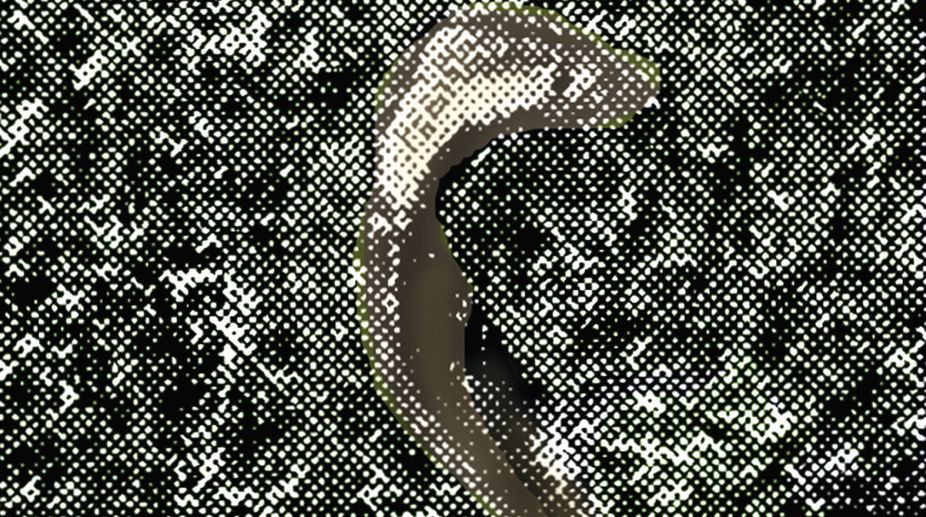SC to hear on Monday pleas pertaining to NEET-UG exam
The Supreme Court is slated to hear on Monday a batch of pleas about the NEET-UG examination, including its cancellation.

One afternoon in September some years ago, I walked two furlongs along a forest road to a hilltop rest-house, and in the course of that short walk I saw five different cobras.
They were all medium sized, and I saw them in different places; in the grass and bushes bordering the road. In every case there was no doubt about the identity of the snake, for on a circumspect approach it raised its head and spread its hood in warning at which point I halted and prudently retreated a few paces.
Thereafter the snake just went away, slowly and sinuously disappearing into the cover. Two of these cobras were a dark, olive-grey, two were a lighter olive-brown, and one quite pale, a wheaten brown in colour. I cannot tell you their sex — I did not know, and I do not know.
Advertisement
Encountering an elderly tribesman who knew the ways of the creatures of the place, I asked him if he could tell me why so many cobras were about that afternoon, resting beside but not actually on the road.
His answer was to draw me aside by the arm, swiftly and suddenly, and point to the surface of the earth road; near where I had been standing was yet another snake, a small, brown sawscaled viper, a snake with a peevish temper and prone to attack, though less deadly than a cobra.
I said it was sure to rain. We had been having a spell of very dry weather and though I could see no clouds or other signs of a shower, I remembered that once in a place far from where we were, there had been a spell of dry weather and that one morning I had seen three snakes in succession and that shortly afterwards the rain had come down in torrents.
I told my companion of this, and he nodded his head sagely. Naturally, he argued, if a downpour was in the offing, the snakes would come out in numbers, for if they stayed within their subterranean daytime retreats they would get flooded.
He wrinkled his aged nose and announced that he could smell the rain, faintly and far off, and I wrinkled my nose and fancied that I, too, could. Neither that afternoon nor that night nor during the fortnight following I spent in the place was there so much as a thin drizzle.
Subsequently I have consulted men wise in the ways of serpents about the phenomenon, but naturally, with so little circumstantial evidence, they could not say why there should have been so many snakes about that day.
I asked one expert if it could be that they were moved by a mating urge and he was noncommittal but remarked that the possibility merited examination.
Scent perception is subtle and complicated in snakes; they “taste” smells, with the aid of their bifid tongues and a special sensory organ they have (the Jacobsen’s organ) and in this they are probably near-scented, but they also go by normal olfactory smells, and therefore are probably also able to scent from far off.
All this being thus, I asked the expert if what I had seen could not be a number of male snakes, attracted by the scent of a female somewhere near, and he agreed that the possibility needed further examination.
In the old days, when people believed in myths about snakes and had not the scientific outlook, no doubt anyone could have told me what exactly the sight of so many snakes in succession presaged, but now we know better and are cautious.
Although this has nothing to do directly with this incident, is it not likely that the story so often told, of the revenge of poisonous snakes (notably the cobra) has also a scent motivation?
It is a fact that at times a male and female snake stay in the same area and keep in though with each other, it is also a fact that snakes have been known to behave towards a dead mate and encountering a man turn aggressive. Moreover, being in the same area, the snake not killed is likely to encounter the killer by chance.
It is not necessary to presume that this roundabout explanation is the likeliest. I can say from personal knowledge that cobras are resentful of human invasion of a territory they are used to, and that if wounded or harassed they turn very aggressive.
It could well be that an attack by the survivor of a pair is intelligent or intentional and directed towards the man on the spot specifically. However, I am unable to find any factual basis for the accounts of the revengeful survivor following the very man that killed its mate over a long distance, and exacting retribution.
This was published on 27 November 1967
Advertisement